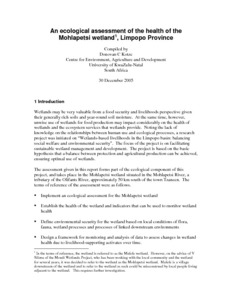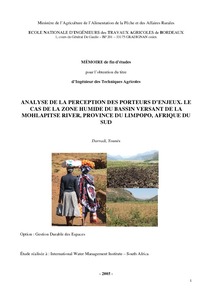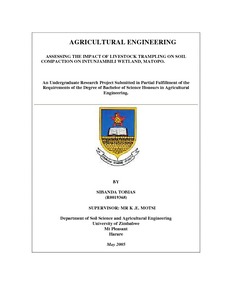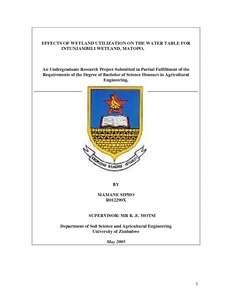Application of the state-and-transition approach to conservation management of a grazed Mediterranean landscape in Greece
Traditionally, management of rangelands is based on the successional theory for vegetation developed by Clements. This approach, which came to be known as “the range succession model”, assumes a progressive change of vegetation towards the final (climax) stage and considers grazing as a primary driver of its dynamics. This model cannot be applied in Mediterranean rangelands, however, because they are largely modified plant communities and their final stage is usually a forest or dense woodland.






